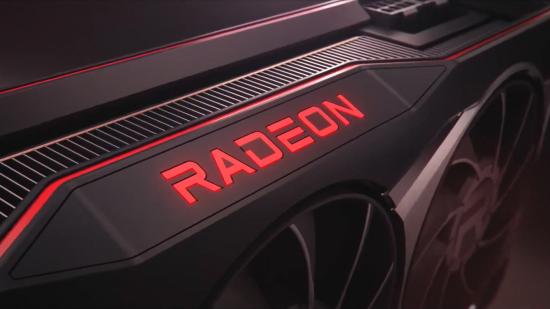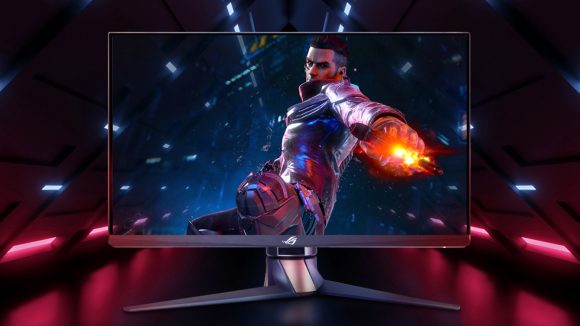We haven’t been able to fully embrace AMD’s RDNA 2 graphics cards because of the great GPU shortage of 2020, but it looks like team red has big plans for its next-generation line-up. Phoronix discovered six new patches to AMD’s Linux drivers that prepare for the arrival of DisplayPort 2.0, meaning RDNA 3 might be able to push uncompressed double-digit resolutions.
According to specifications that the Video Electronics Standards Association (VESA) outlined in 2019, DisplayPort 2.0 has data rates of 19.34Gbps per lane across four channels for a total of 77.37Gbits. This is almost three times higher than the current DisplayPort 1.4a standard offers, and 61% more than HDMI 2.1’s 48Gbps of bandwidth.
Such high data rates open up the possibility for 10k resolutions at 60Hz refresh rate without compression, or 8K at 60Hz with HDR enabled. Once you add Display Stream Compression (DSC) into the mix, you might even be able to reach 16K at 60Hz with the full-colour 30 bpp 4:4:4 HDR.
As tempting as these lofty numbers look, they come filled with caveats.
The first question is whether AMD, and sure enough Nvidia or Intel’s Alchemist GPUs, can pack enough power to reach such high resolutions. We’re routinely relying on supersampling techniques such as FidelityFX Super Resolution and Nvidia DLSS to lower the overhead and make these resolutions achievable at an acceptable frame rate.
The second is just how long it’ll take for gaming monitors to release affordable 8K, 10K, or 16K panels. Whispers suggest we will see DisplayPort 2.0 appear on displays later this year, but it’s unclear whether the screens will make the most of the connection.

